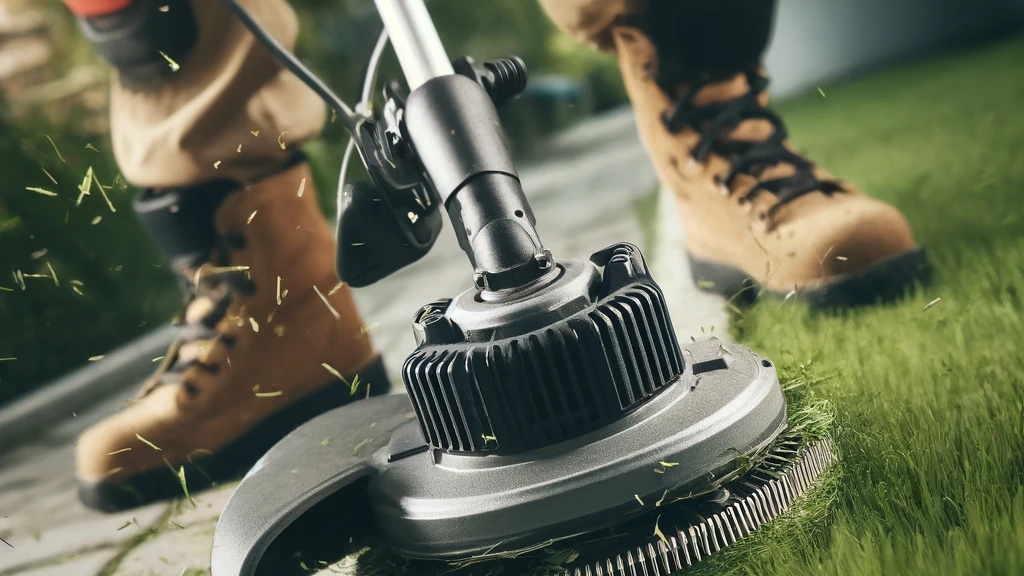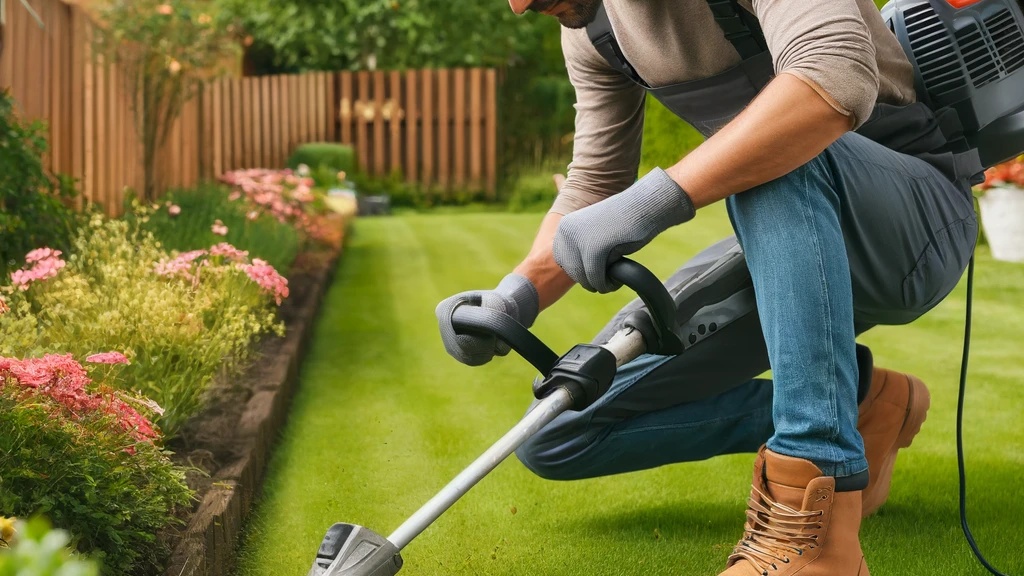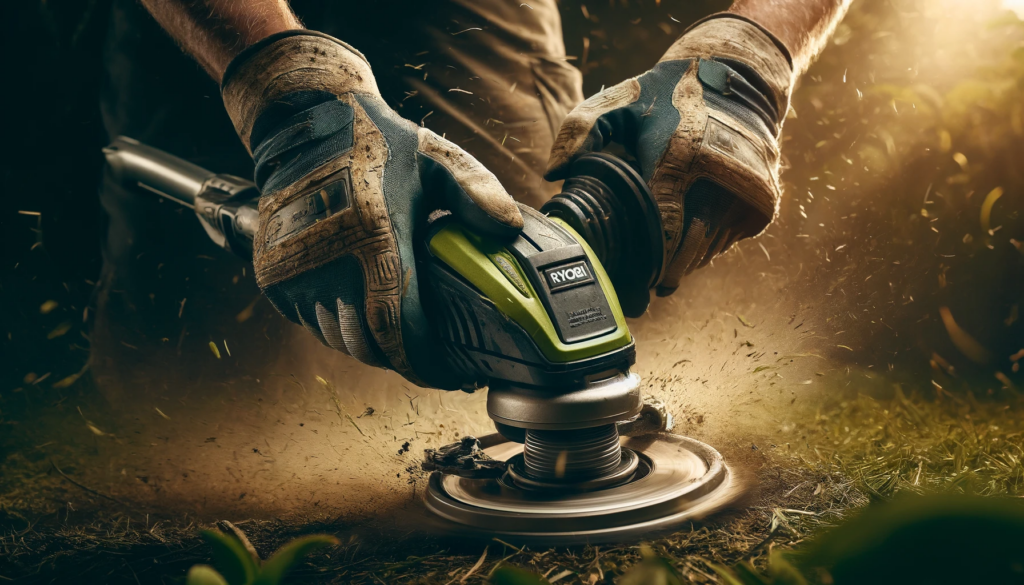Using a string trimmer, often referred to as a weed eater or weed whacker, for lawn maintenance is a practical solution when traditional lawn mowers aren’t an option. Despite their primary design for trimming and edging, these versatile tools can be equally effective for cutting grass if used correctly. This guide explores the effective techniques, safety measures, and maintenance tips to achieve a well-manicured lawn using a string trimmer. Learn how to professionally use a string trimmer for optimal results.
Understanding Your String Trimmer

Before diving into the grass-cutting process, it’s crucial to familiarize yourself with your tool. Whether you own a battery-powered or an electric string trimmer, recognizing its capabilities and limitations sets the groundwork for efficient lawn care.
Choosing the Right Trimmer
Selecting a high-quality string trimmer is pivotal. Brands like RYOBI, Toro, and Greenworks offer robust options designed for durability and performance. For detailed insights on selecting the best trimmer, consider exploring the CAT DG610 60V 15″ Brushless String Trimmer Cordless Review.
Safety Gear and Equipment
Safety cannot be overstated when using string trimmers. Always wear protective gear, including:
- Safety glasses
- Hearing protection
- Closed-toe shoes
- Long pants
This equipment safeguards against flying debris and noise-induced hearing loss.
Effective Grass Cutting Techniques
Achieving an even and aesthetically pleasing cut with a string trimmer requires mastering a few techniques.
The Basics of Trimming
Start by ensuring the trimmer head is level with the ground, employing short, sweeping motions to cut the grass. It’s advisable to begin with a higher setting, gradually lowering to achieve the desired length, thus preventing scalping the lawn.
Debris Management
Before beginning, inspect the area for debris that could become projectiles. This step is crucial for protecting yourself and your property. Learn more about debris management.
Proper Handling
For optimal control and efficiency:
- Hold the trimmer close to your body.
- Position the head at a comfortable height.
- Use a side-to-side swinging motion for cutting, overlapping passes for uniform coverage.
Maintenance for Peak Performance

Maintaining your string trimmer ensures longevity and optimal performance. Post-use, clean the trimmer head, remove grass from under the guard, and clear motor vents. For comprehensive maintenance tips, refer to How to Remove Ryobi String Trimmer Head.
Pros and Cons
While string trimmers offer flexibility and convenience for small or challenging areas, they have limitations compared to lawn mowers, such as difficulty in achieving consistent height and potential safety risks from flying debris.
Advantages
- Ideal for tight spaces and intricate landscapes
- Portable and easy to maneuver
Disadvantages
- Challenging to maintain consistent cut height
- Increased risk of throwing debris
Conclusion

While not a replacement for traditional lawn mowers, string trimmers can be a viable solution for lawn maintenance under certain conditions. With proper technique, safety measures, and maintenance, you can achieve a well-kept lawn. For those regularly facing tall grass challenges, consider the benefits of reel mowers for tall grass.
Ultimately, if you seek a permanent solution for lawn care, investing in a battery or electric powered lawnmower is advisable for regular use. You might also want to check out similar products like the Greenworks 40V 21 Inch Self-Propelled Cordless Lawn Mower and the American Lawn Mower 50514 review.
Embracing the versatility of string trimmers for lawn maintenance can be rewarding. With the right approach, even a tool designed for trimming can help keep your lawn looking its best.

